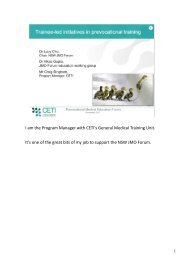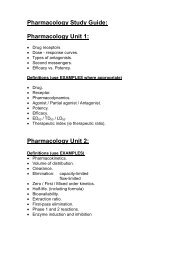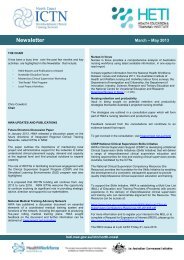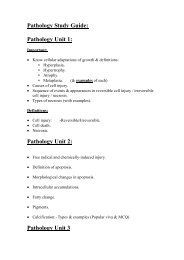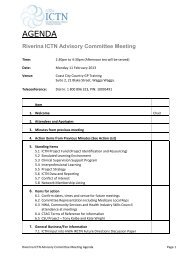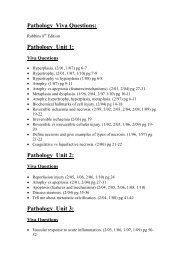Network principles for prevocational medical training - HETI
Network principles for prevocational medical training - HETI
Network principles for prevocational medical training - HETI
You also want an ePaper? Increase the reach of your titles
YUMPU automatically turns print PDFs into web optimized ePapers that Google loves.
<strong>Network</strong> model part 4: Size<br />
There can be considerable flexibility about the size (in terms of trainee numbers) of a <strong>training</strong><br />
network, but each network must demonstrate its capacity to provide good and complete <strong>training</strong> to<br />
all its trainees.<br />
<strong>Network</strong>s must supply a home hospital <strong>for</strong> every trainee, defined as a <strong>training</strong> site where the trainee<br />
can complete five of the 10 <strong>prevocational</strong> <strong>training</strong> terms. This must include at least three terms at<br />
the home hospital in year one.<br />
<strong>Network</strong>s will generally train an equal number of year one and year two trainees.<br />
Smallest practical size<br />
A small network needs to have at least:<br />
• z one major hospital, preferably a tertiary referral centre: if this is the only home hospital, it will<br />
need to be able to supply five terms in 10 <strong>for</strong> all the network’s trainees<br />
• z rural placements sufficient to provide one term in 10 to most trainees<br />
• z general practice or community facilities sufficient to provide one term in 10 to most trainees.<br />
Most networks will find it more workable to have at least one other metropolitan hospital site in the<br />
network. This is likely to be necessary to provide an appropriate range of specialty terms to trainees.<br />
24



